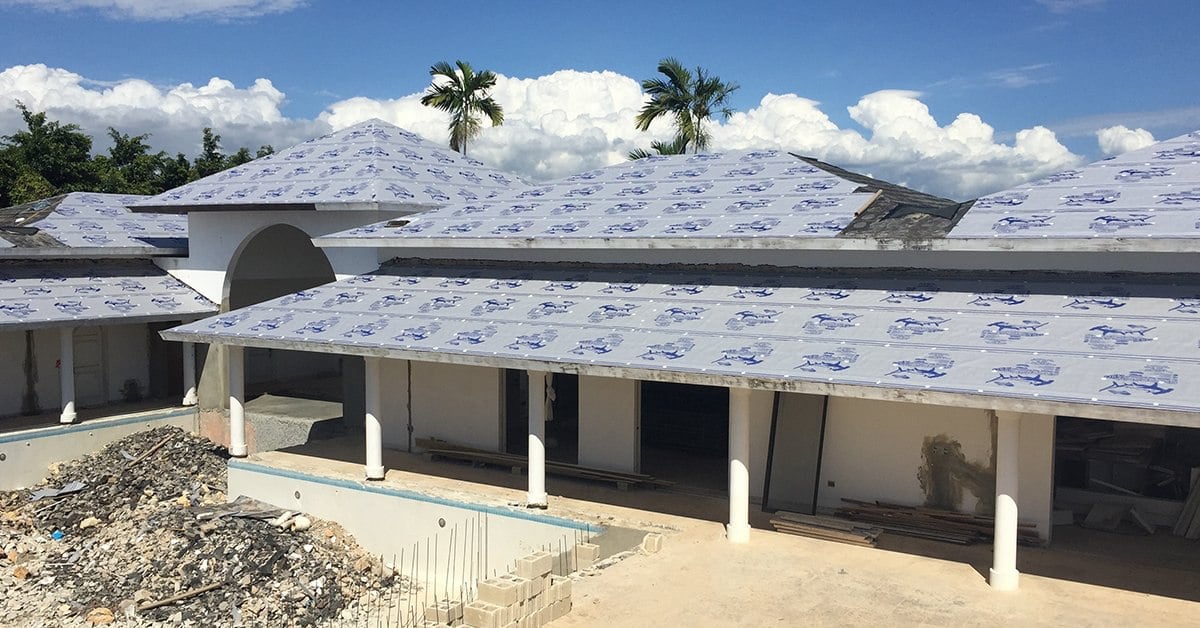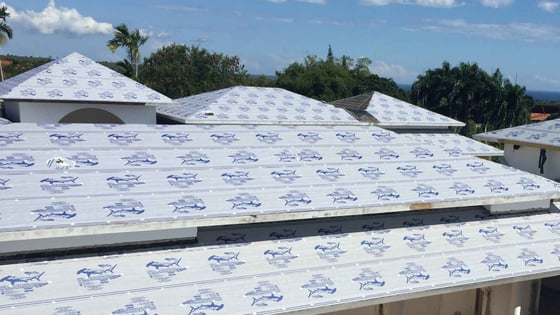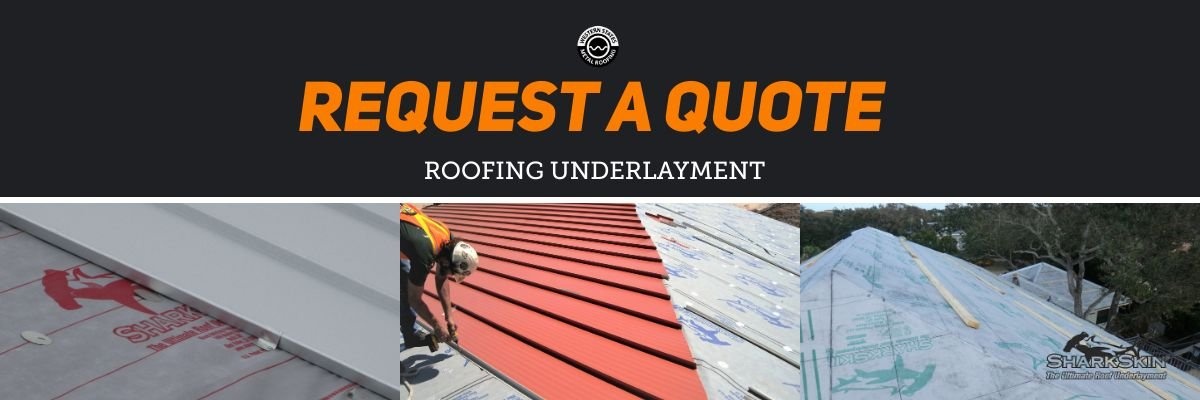Does Metal Roofing Need Underlayment?
There are a lot of decisions to make while going through the process of having a new metal roof installed. What kind of panel are you going to use? What metal gauge are you going to use? What color roof are you going to choose? We understand that it can be overwhelming.
In the process of making all these decisions, one aspect of metal roofing that gets overlooked is using underlayment. Metal roof underlayment is an important component of a metal roofing system. Some might choose to skip using underlayment to save money. However, the metal roof underlayment acts as an added layer of protection. You can save money by using underlayment because it will help you avoid problems that would need to be fixed.
The short answer is yes, your metal roof does need underlayment . But like most things in life, it's not quite that simple.
At Western States Metal Roofing , we have specialized in manufacturing metal roofing for over 20 years. From our extensive experience, we strongly recommend taking advantage of the benefits of underlayment even if it isn't mandatory.
While most building codes require underlayment, there are some instances where underlayment may not be considered necessary.
We will discuss:
- The Advantages of Using Underlayment
- When You Need Underlayment
- When You Might Not Need Underlayment
Metal Roofing Underlayment
Roofing underlayment is a water-resistant barrier that serves as an extra layer of protection from the elements. It isn't visible once the metal roofing material is installed on top of it, as the underlayment is installed directly onto the roof deck .
Roofing underlayment has many advantages:
- Added insulation
- Noise barrier
- Even surface for roofing
- Building code compliance
- Extra Protection
Roofing Underlayment Provides Added Insulation
Underlayment acts as an extra insulator for a metal roof, helping to minimize heat gain in hot weather and cold in winter months. The added insulation will help keep your home comfortable during extreme temperatures. This is also less likely to be fluctuations in your heating and cooling bills.
Roofing Underlayment Is A Noise Barrier
Roofing underlayment also acts as a sound-blocker for a metal roof. The extra layer between the elements and the roof deck will absorb some of the noise from rain or other elements hitting the roof. You'll still be able to hear the rain hitting the roof , which many people find soothing. However, the noise of the outside elements will not be as loud or overwhelming as it would be without underlayment.
Roofing Underlayment Provides An Even Surface For Roofing
Roof decking does not always lay perfectly flat. If you put a metal roof directly on the roof deck in this case, it would look uneven.
Underlayment provides an even surface to lay roofing material over so your roof looks uniform.
You Need Roof Underlayment For Build Code Compliance
Some building codes require that you use underlayment for a metal roof. The code may even specify which type of underlayment, felt underlayment or synthetic underlayment , needs to be used.
There are also some material warranties that require the use of synthetic underlayment. Therefore not using underlayment will make your warranty null and void.
Roof Underlayment Provides Extra Protection
In the event of severe weather, underlayment provides an extra barrier of protection for a metal roof. In case of blowoffs or water penetration through the roof covering or flashings, underlayment will keep the inside of your home from being directly exposed to the elements.
When You Need Roofing Underlayment
If you have a new construction home and your metal roof is not going to be installed immediately, then synthetic underlayment is necessary. The synthetic underlayment can remain exposed anywhere from 2 months up to 30 months, depending on the brand, and will still remain watertight. It will not be harmed from exposure to weather conditions. Since the material doesn't absorb moisture, it keeps from wrinkling which would ultimately compromise the finished look of the metal roof.
You must also keep your roof slope in mind. If you have a low-sloped roof, underlayment needs to be used as your metal panel will be at a higher risk for water damage, especially in areas with higher rainfall. The low slope does not allow water to run-off as quickly as higher-pitched roofing and can accumulate on the roof, potentially resulting in leaks. The underlayment serves as an extra layer of protection from water damage.
Additionally, any home built with joists, insulation between those joists, and sheathing, needs to use underlayment material.
When You Might Not Need Roofing Underlayment
While underlayment is always strongly recommended, it may not always be required. For example, a covered patio may not need an underlayment. If your patio has open beam architecture and is designed to have panels that attach directly to the beams without sheathing, then any underlayment is not necessary.
Also, if you are doing a roof replacement and installing a metal roofing panels over an asphalt shingle roof, you do not need to use underlayment as the asphalt roof already has underlayment. Keep in mind that the underlayment might be in poor condition . Even though only the asphalt shingles are visible, it does not mean that there aren't problems beneath the existing shingles. To help avoid future issues, the old roof should be inspected first to see if it should be removed prior to the new metal roof being installed.
Why You Should Use Roof Underlayment
While it's not always considered necessary, underlayment is an incredibly important component to metal roofing system that has a major impact on its longevity.
A roofing underlayment will:
- Protect against moisture penetrating through the roof, resulting in leaks.
- Add extra insulation to your home to keep it from being drafty.
- Absorb noise from rain or other elements on the roof.
- Ensure that the roofing material laid on it looks uniform and even .
- Keep your roofing warranty valid if applicable.
Types Of Roof Underlayment For Metal Roof
Using the right materials for your metal roof installation is vital to its longevity. Choosing the right underlayment for your roof can be confusing, so we have simplified the process by outlining the different types of underlayment in the articles below.
What Roofing Underlayment Should I Use? (Felt v. Synthetic)
Types Of Metal Roof Underlayment







